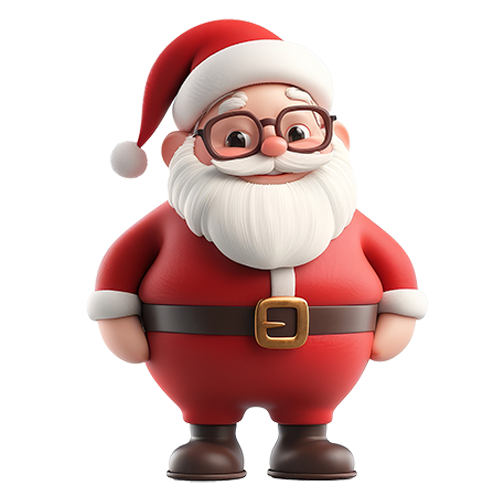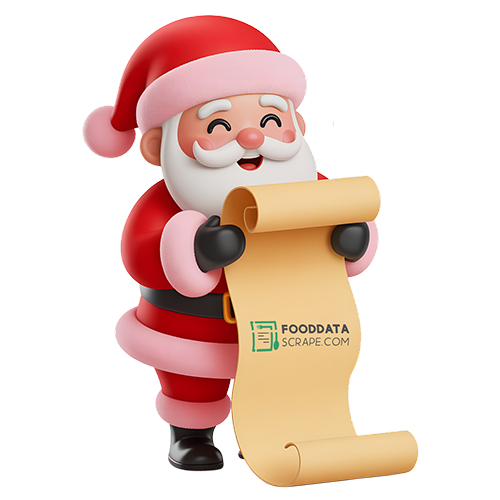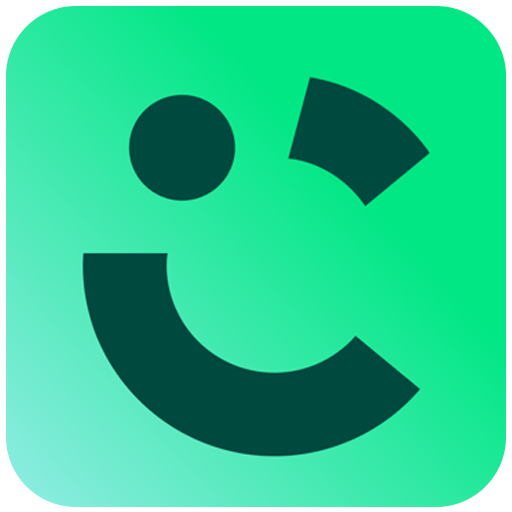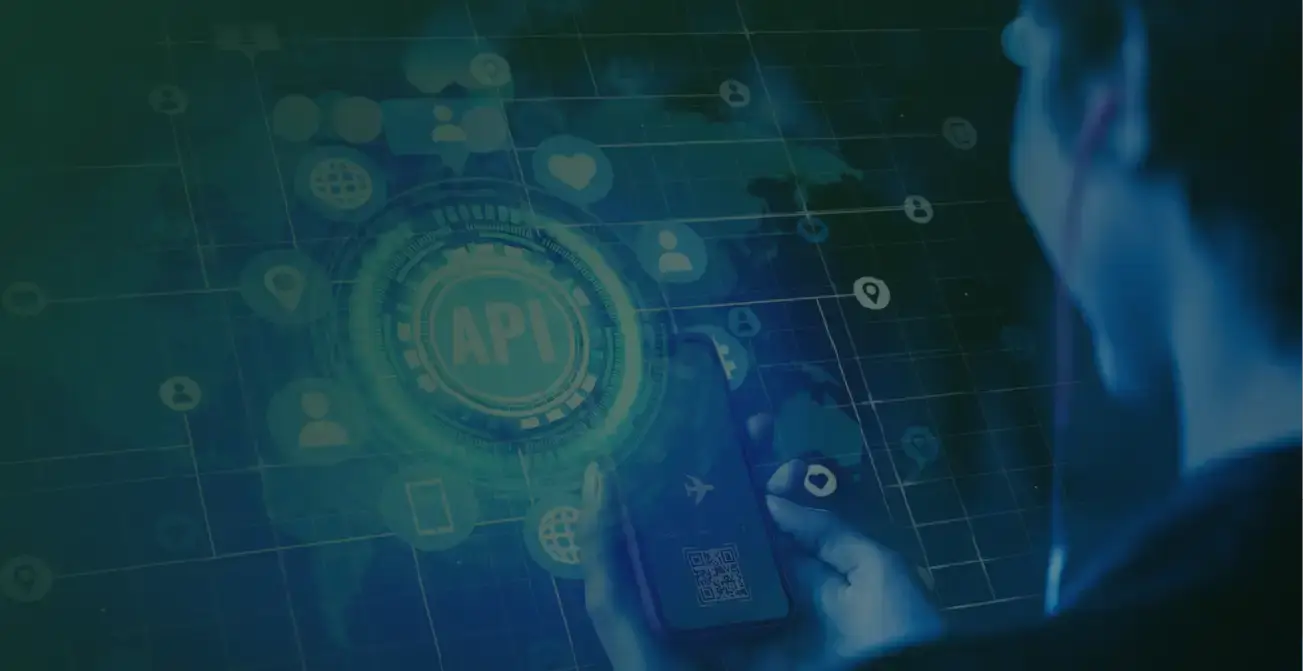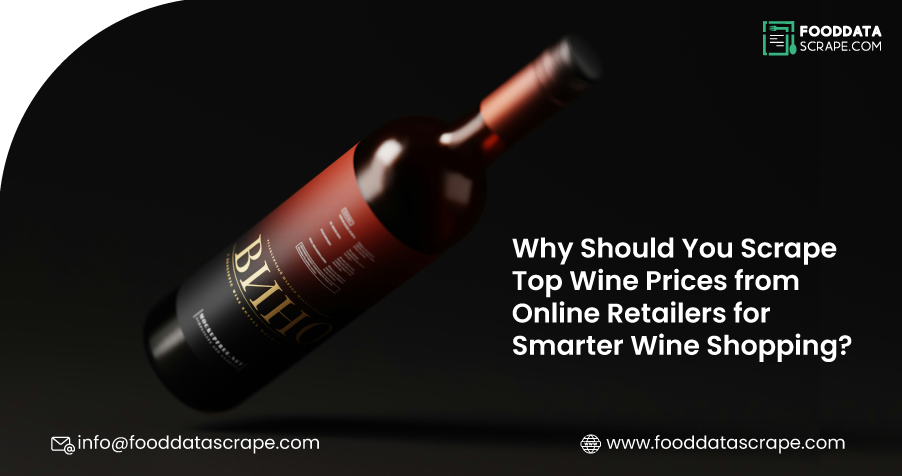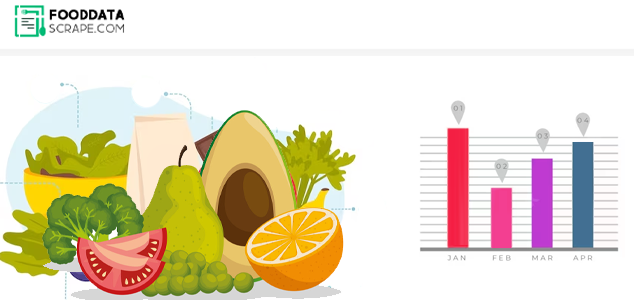Introduction
In the digital age, wine has undergone a tremendous shift as websites such as Wine.com, Astor Wines & Spirits, Wine Library, K&L Wine Merchants, and Saratoga Wine Exchange become necessary tools for wine enthusiasts, collectors, and occasional shoppers. With e-commerce expanding, the need for real-time, accurate, and complete wine prices has been overwhelming. This has resulted in a growing necessity to scrape top wine prices from online retailers, which serve various stakeholders such as consumers, enterprises, analysts, and resellers. Demand growth stems from market forces, changing consumer trends, technology innovation, and high competition in the wine industry. Companies can use tools to extract wine prices from e-commerce websites to remain competitive and responsive. Monitor wine prices with web scraping to track price changes and make wise purchasing and pricing decisions in this fast-changing market.
The Boom in Online Wine Retail
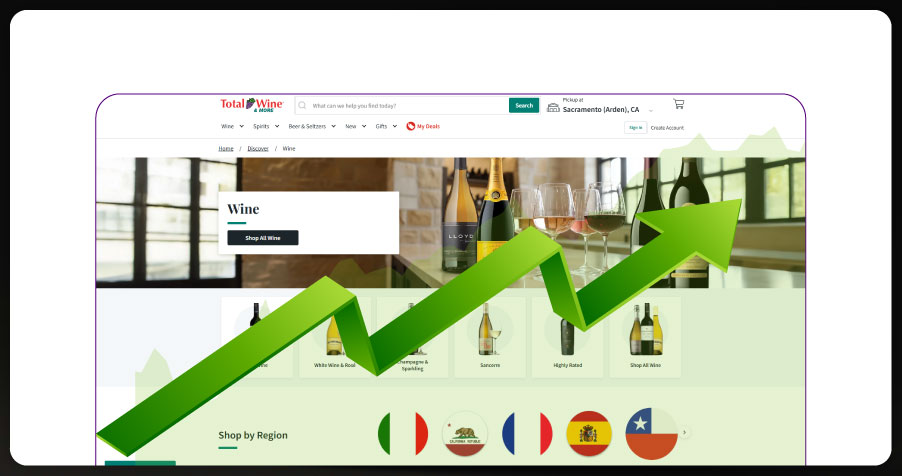
The growth in wine shopping on the internet has changed the method through which wine is bought. Online stores like Wine.com have huge inventories, comprehensive tasting notes, and user reviews, making it easy for consumers to locate and purchase wines from all over the globe. Extract wine price data from online marketplaces to easily compare among a vast array of options. Likewise, Astor Wines & Spirits and K&L Wine Merchants have similarly well-crafted selections, while Saratoga Wine Exchange and Wine Library appeal to bargain hunters and high-end collectors. The democratization of wine due to this digital revolution enables the comparison of various store offerings from the comfort of one's home.
However, with the enormous number of wines to be found on the web, usually tens of thousands on a website, consumers cannot keep up with prices. Web scraping wine prices from e-commerce sites enables users to monitor price fluctuations. Prices for a bottle of wine vary considerably from store to store based on sources, sales, or regional pricing tactics. As an illustration, a 2019 Château Margaux will be $600 on Wine.com but only $550 on K&L Wine Merchants during a flash sale. By being unable to track these changes programmatically, consumers may end up paying higher or missing deals. That is where web scraping comes into the picture, allowing individuals to compare and compile prices in real time. Extract wine price data from liquor websites to automate comparison and get the best deals.
Consumer Empowerment Through Price Transparency
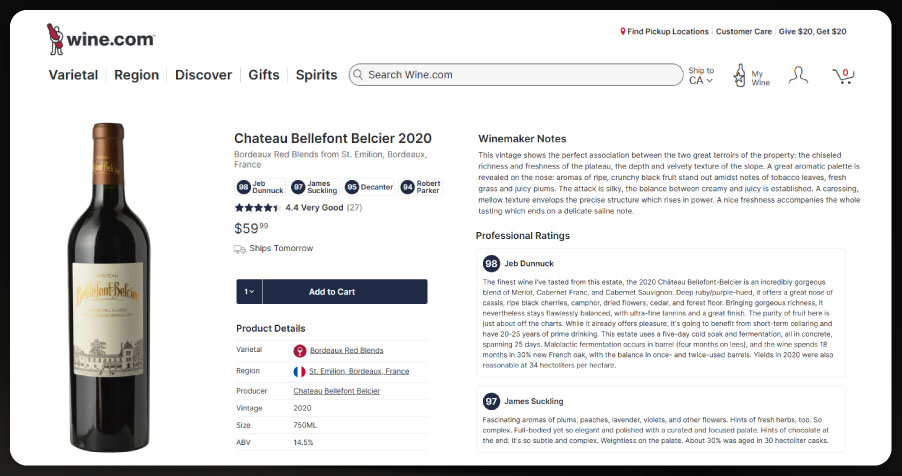
One of the primary drivers of the need to scrape wine prices is the growing demand for price transparency. Today's consumers are savvier than ever, armed with tools and information to make informed purchasing decisions. Extract wine price data from Wine.com to identify the best deals, track price trends, and avoid inflated markups. For instance, a casual buyer looking for a mid-range Pinot Noir can use scraped data to find the lowest price across Wine Library, Astor Wines, and Saratoga Wine Exchange, saving money and time.
Price transparency also benefits collectors and investors, who often purchase high-value wines for resale or long-term appreciation. The secondary wine market is susceptible to price fluctuations, and collectors rely on accurate data to make strategic buying decisions. By scraping wine price data from Astor Wines & Spirits , they can monitor market trends, spot undervalued bottles, and capitalize on arbitrage opportunities. For example, if Saratoga Wine Exchange lists a 2015 Domaine de la Romanée-Conti case at a discount, a collector could purchase it for resale at a higher price on another platform. Web scraping wine prices from Wine Library enables collectors to track such deals effectively. Additionally, K&L Wine Merchants wine prices data extraction allows for comprehensive market analysis, optimizing their purchasing strategies.
Businesses and the Competitive Edge
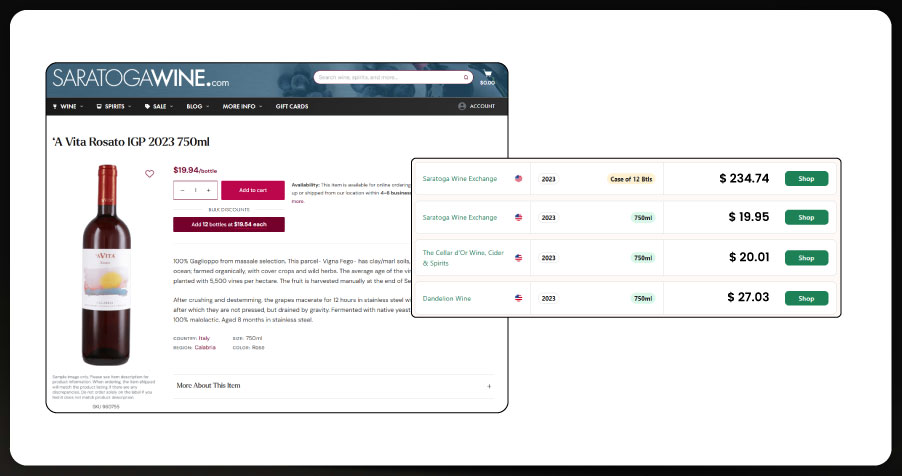
The need to scrape wine prices isn't limited to consumers; businesses in the wine industry also rely heavily on this practice to stay competitive. Online retailers use scraped data to monitor competitors' pricing strategies, adjust their prices, and optimize inventory. For instance, extract wine price data from Saratoga Wine Exchange to ensure they remain competitive on popular varietals like Napa Valley Cabernet Sauvignon. Similarly, smaller retailers like Wine Library can use scraped data to identify gaps in the market, such as underpriced or underrepresented wines, and position themselves accordingly.
Beyond retailers, wine importers, distributors, and wholesalers benefit from price scraping. These businesses operate in a complex supply chain with tight margins, and staying ahead requires real-time insights into market pricing. By scraping prices from multiple retailers, they can assess demand for specific wines, negotiate better deals with suppliers, and forecast sales trends. For example, if scraped data reveals that Astor Wines is consistently selling out of a particular Italian Barolo, a distributor might prioritize importing more of that wine to meet demand. Alcohol price data scraping services enable businesses to gain insights into market dynamics. In contrast, liquor price data scraping services allow them to track price fluctuations across various retailers. Additionally, liquor and alcohol review datasets can provide valuable consumer feedback to refine purchasing decisions.
Unlock the power of real-time data—contact us today to start scraping and gaining a competitive edge!
The Role of Technology in Price Scraping
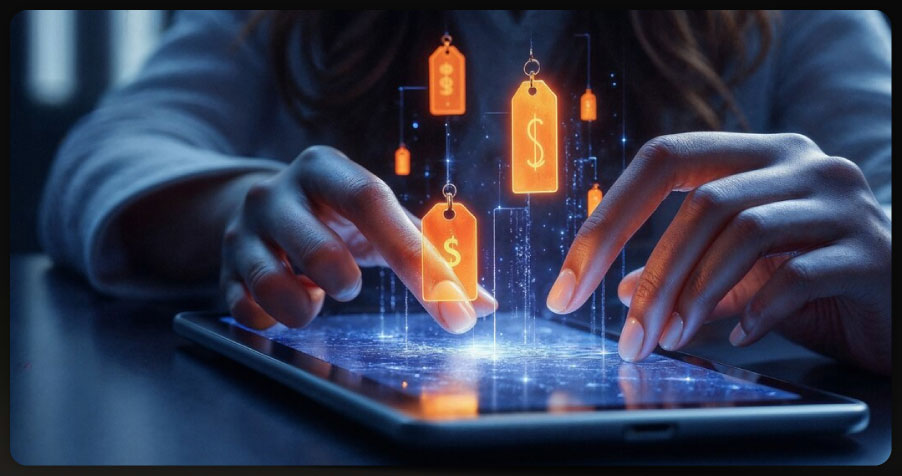
The rising demand for wine price scraping is also tied to technological advancements. Web scraping tools have become more sophisticated, allowing users to extract data from complex, dynamic websites easily. Retailers like Wine.com and K&L Wine Merchants use advanced e-commerce platforms with features like AJAX-loaded content and anti-scraping measures, but modern scraping tools can navigate these challenges effectively. APIs, headless browsers, and machine learning algorithms enable scrapers to collect structured data at scale, such as wine names, vintages, prices, and availability.
Moreover, integrating scraped data with analytics platforms has amplified its value. Businesses and consumers can feed scraped price data into dashboards or machine learning models to uncover patterns, predict price movements, or generate personalized recommendations. For example, a wine enthusiast could use a scraping tool to track prices for their favorite Bordeaux wines across multiple retailers and then receive alerts when prices drop below a certain threshold. This level of automation and customization has made price scraping indispensable in the wine industry.
Challenges and Ethical Considerations
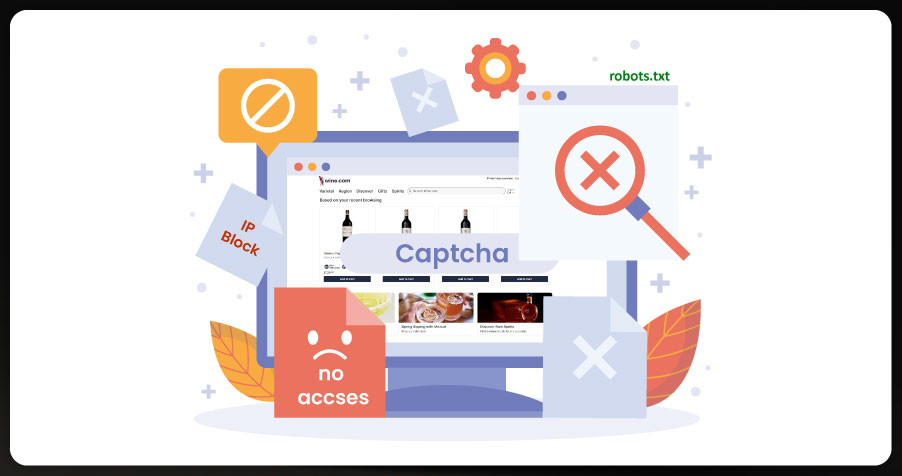
While the benefits of scraping wine prices are clear, the practice has challenges. Online retailers invest heavily in protecting their data, using techniques like CAPTCHAs, IP blocking, and rate limiting to deter scrapers. These measures can make it challenging to collect data consistently, especially for large-scale scraping operations. Additionally, the legality of web scraping varies by jurisdiction, and retailers may argue that scraping violates their terms of service or intellectual property rights.
Ethical considerations also come into play. Excessive scraping can overload a retailer's servers, affecting website performance for other users. Furthermore, some argue that scraping undermines retailers' efforts in curating their inventories and providing valuable content like tasting notes and pairing suggestions. To address these concerns, responsible scrapers adhere to best practices, such as limiting request frequency, respecting robots.txt files, and using scraped data in ways that don't harm retailers.
The Future of Wine Price Scraping
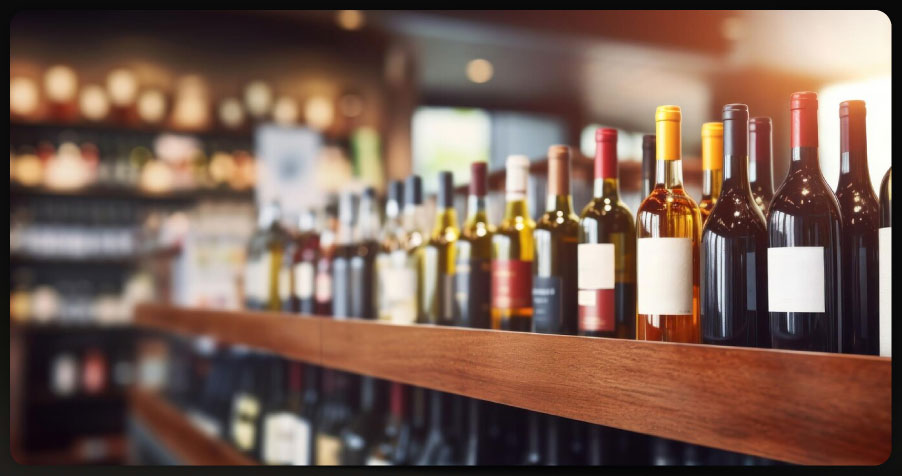
As the wine industry continues to evolve, the demand for price scraping will likely grow. Emerging trends, such as the rise of subscription-based wine clubs and direct-to-consumer sales from wineries, will create new data sources to monitor. Additionally, the increasing popularity of natural, orange, and other niche categories will require scrapers to adapt to changing consumer preferences and inventory structures.
The integration of artificial intelligence and blockchain technology could further transform price scraping. AI-powered scrapers could analyze prices, user reviews, ratings, and social media sentiment to provide a holistic view of a wine's value. Blockchain could enable decentralized price databases, ensuring data accuracy and transparency across the industry. These innovations will make price scraping even more powerful, benefiting consumers, businesses, and analysts.
How Food Data Scrape Can Help You?
1. Competitive Price Monitoring: Stay ahead of competitors by regularly scraping pricing data from top retailers. This helps you adjust your pricing strategies in real-time and ensure you always offer your customers the best value.
2. Market Trend Analysis: Extract data on product availability, demand fluctuations, and consumer preferences to gain insights into emerging market trends. Use this information to refine your offerings and stay aligned with market needs.
3. Product and Inventory Tracking: Monitor stock levels and product availability across multiple e-commerce sites to optimize your inventory management. With our scraping services, you can ensure you're never out of stock on popular products.
4. Enhanced Decision-Making: By scraping large datasets, you can make data-driven decisions about pricing, marketing, and sales strategies. Whether you're identifying profitable niches or spotting potential pricing errors, our services provide the data you need to act.
5. Competitive Intelligence for Business Growth: Extract valuable business intelligence from competitor websites, allowing you to analyze their product listings, promotional strategies, and customer feedback. Leverage this information to improve your offerings and make informed business decisions.
Conclusion
The rising need to scrape liquor price data from online retailers like Wine.com, Astor Wines & Spirits, Wine Library, K&L Wine Merchants, and Saratoga Wine Exchange reflects the broader trends shaping the wine industry. Consumers demand price transparency to make informed purchases, businesses rely on scraped data to stay competitive, and technological advancements have made scraping more accessible and practical. While challenges like legal and ethical concerns persist, the value of price scraping is undeniable. As the digital wine market grows, web scraping liquor data will remain a critical tool for navigating its complexities, ensuring that everyone—from casual buyers to industry giants—can make the most of the opportunities it offers.
Are you in need of high-class scraping services? Food Data Scrape should be your first point of call. We are undoubtedly the best in Food Data Aggregator and Mobile Grocery App Scraping service and we render impeccable data insights and analytics for strategic decision-making. With a legacy of excellence as our backbone, we help companies become data-driven, fueling their development. Please take advantage of our tailored solutions that will add value to your business. Contact us today to unlock the value of your data.
